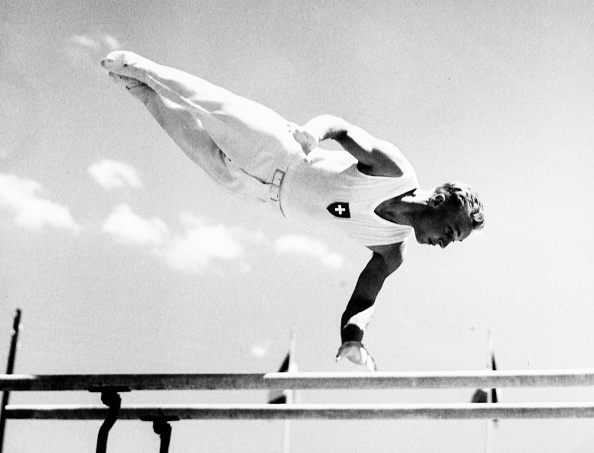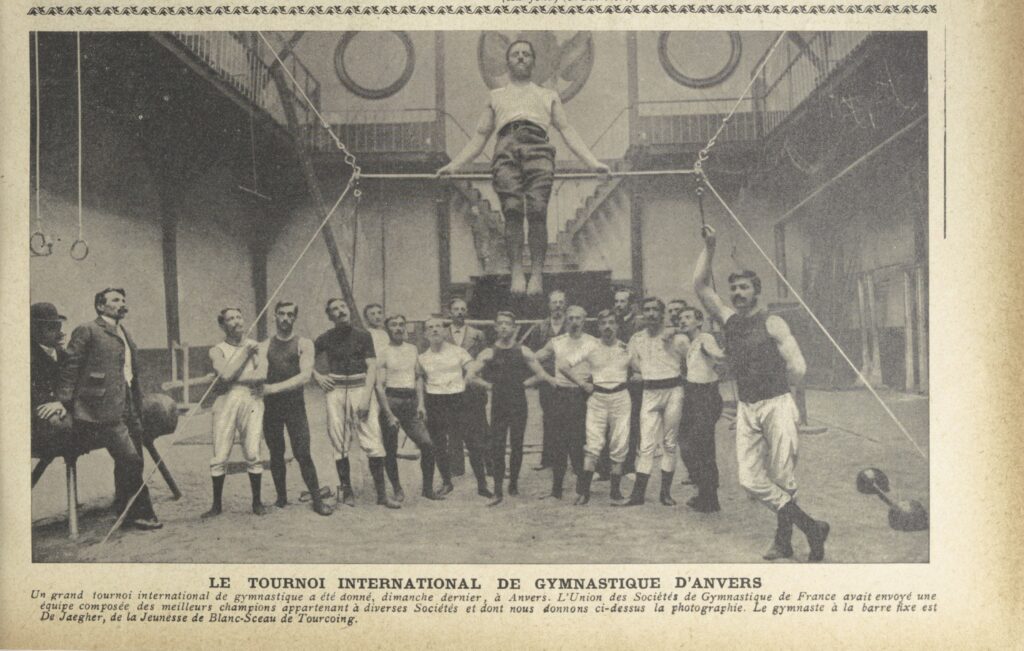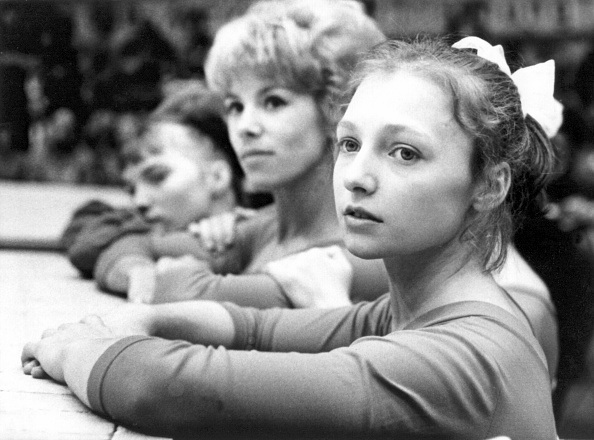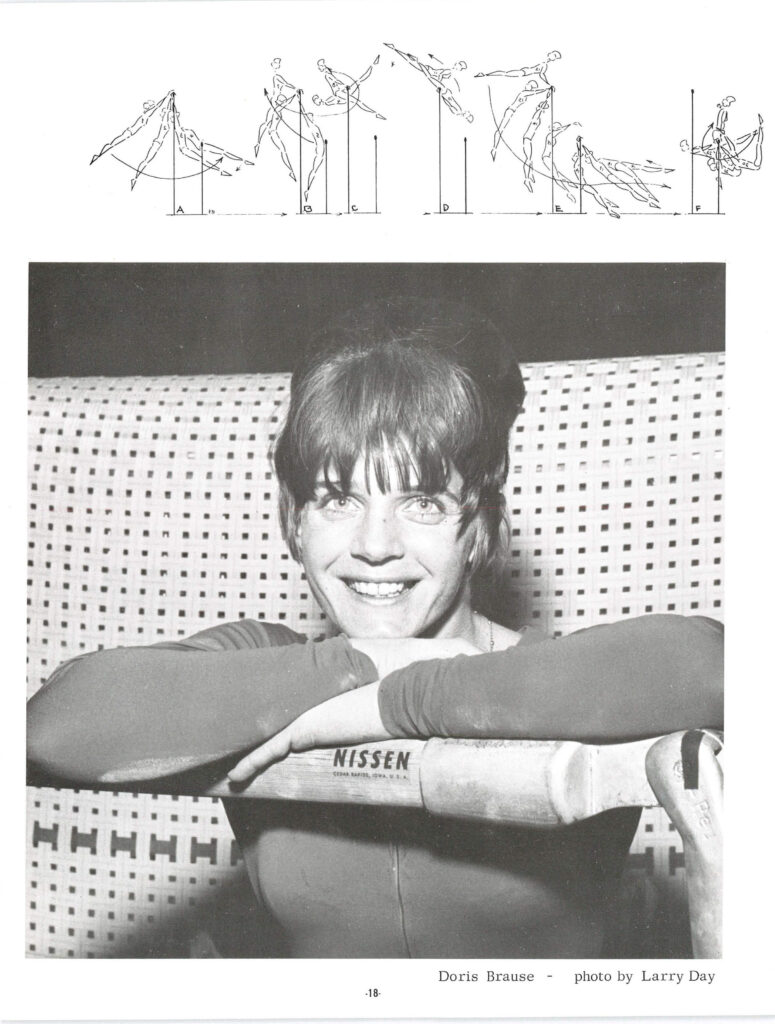While the men had a Code of Points in place for the 1950 World Championships, the women did not. But they did have a book of General Instructions. What follows are the highlights.
Category: World Championships
In 1950, Hans Eugster scored a perfect 10 on the parallel bars at the World Championships. It was the first 10 under the very first men’s Code of Points (1949).
The competition wasn’t without its judging controversies that spilled over into the pages of the French and Swiss newspapers.

Even before the 1950 World Championships started, there was drama at the World Championships. Hungary was supposed to send a large delegation of gymnasts, but they didn’t. Instead, a small group of officials reportedly came and tried to bar Yugoslavia from competing.
Competition previews are a tried and true genre of gymnastics sports writing. They give you a snapshot of who are the favorites, how certain countries’ gymnasts are perceived, and what the supposed expectations of the judges are. Plus, they are fun to read after the competition and see how much the author got right and wrong.
Let’s take a look at the preview for the 1950 World Championships in Basel, Switzerland. It was written by Jean A. Latte and was printed in the French Moroccan newspaper La Vigie Marocaine on July 7, 1950.
Female gymnasts did not compete in the International Tournament or in the Belgian Federal Festival. But they did perform, and according to the newspaper reports, they were crowd favorites.
In this article, we’ll take a look at those newspaper reports, as well as some of the challenges facing women’s gymnastics in fin-de-siècle western European society.
Note: I’m going to refer to it as “women’s gymnastics” in this post, but we won’t be discussing the performances of adult women. Rather, the gymnasts were typically young girls.
I’ve covered the first Olympic Games in Athens. Now, it’s time to discuss the first World Championships, which were held in Antwerp.
First things first, the competition wasn’t called a world championship at the time. It was referred to as the International Gymnastics Tournament (“Tournoi International de Gymnastique” in French or “Internationale Turntornooi” in Dutch). The competition was held in conjunction with the Belgian Federal Festival, August 14-18, 1903.

Note: I’ll refer to an article written by Pierre Hentgès, Sr. in this post. If you don’t know who he is, he was a Luxembourgish gymnast who competed at the 1912 Olympics. He later became the President of the Men’s Technical Committee of the FIG in 1954.
If you’re reading this site, you’re a big, ol’ gym nerd at heart. Now, it’s time to see just how much of a gym nerd you are. Take the quiz below to find out.
Most gym nerds know about Věra Čáslavská’s political stance on the podium at the 1968 Olympics in Mexico City. (If you don’t, Google it. There’s plenty that has been written about it.)
But did you know that some saw tension between Čáslavská and the Soviet gymnasts already at the 1966 World Championships?
On October 1, 1966, the Feuille d’avis de Neuchatel published a column called “Le sport vu par une femme” (“Sports as Seen by a Woman”), chastizing Věra Čáslavská for her actions on the podium. Here’s what it said…
The World Championships are a long slog for judges. The 1966 World Championships in Dortmund were no exception, and, at the time, many believed that the length of the competition impacted the judging.


Recap: Doris Brause’s uneven bars routine created quite the sensation at the 1966 World Championships. When she received a 9.766 on bars, the crowd stopped the meet for over an hour, hoping to coerce the judges into raising her score.
The judges didn’t budge.
But uneven bars would never be the same again.